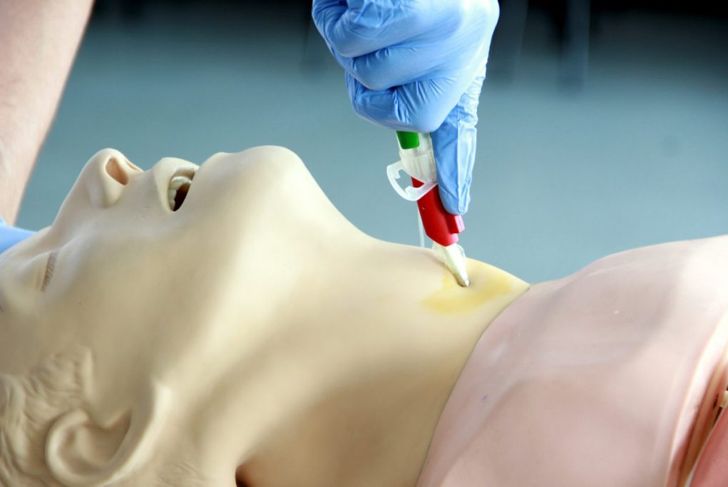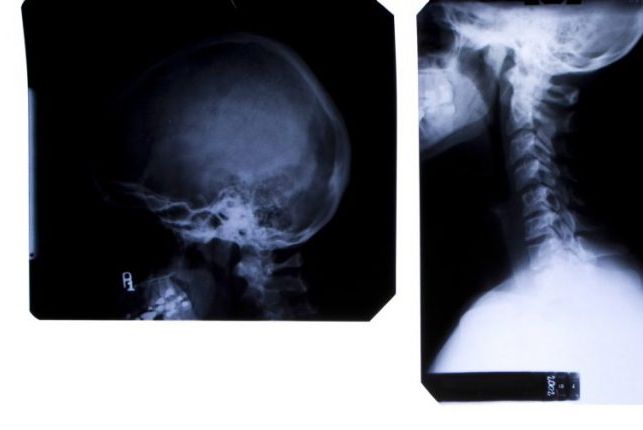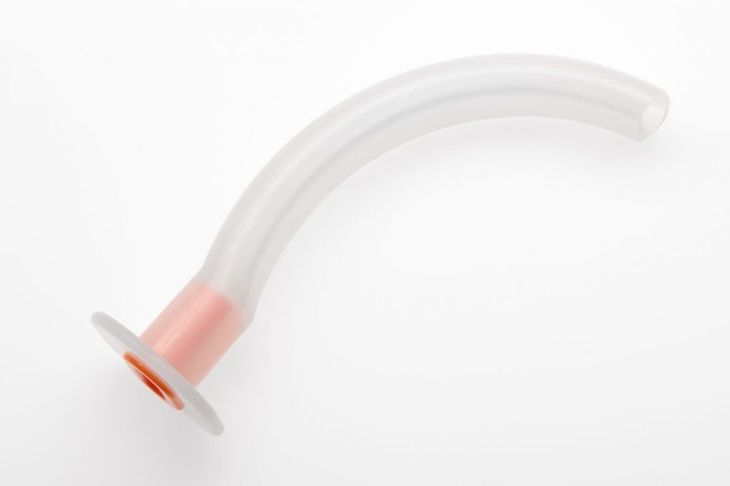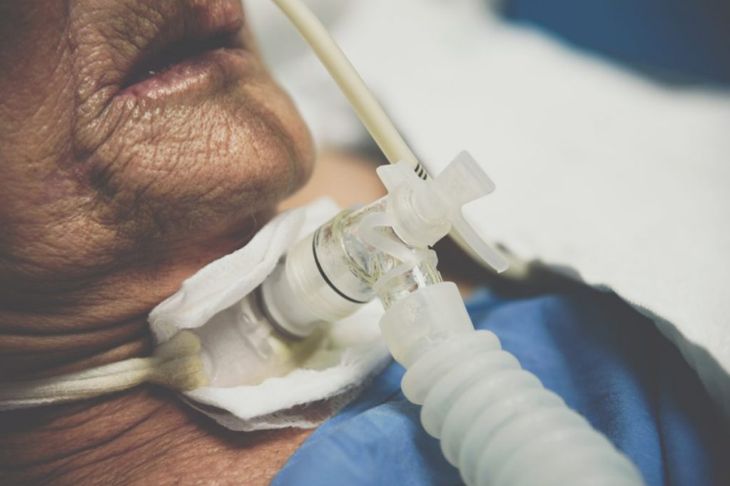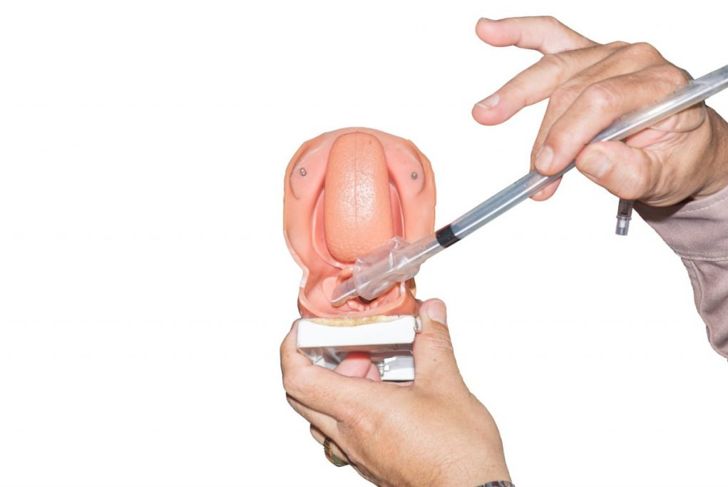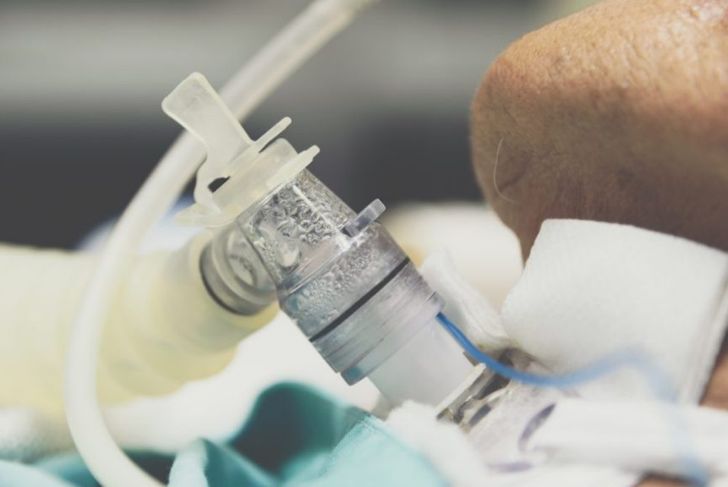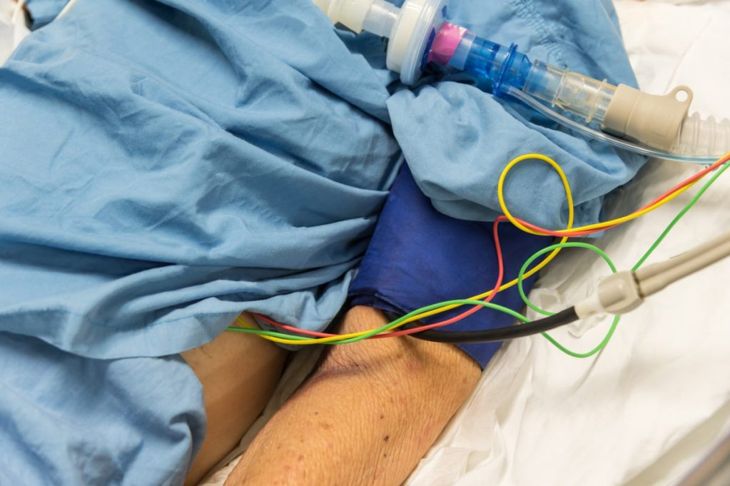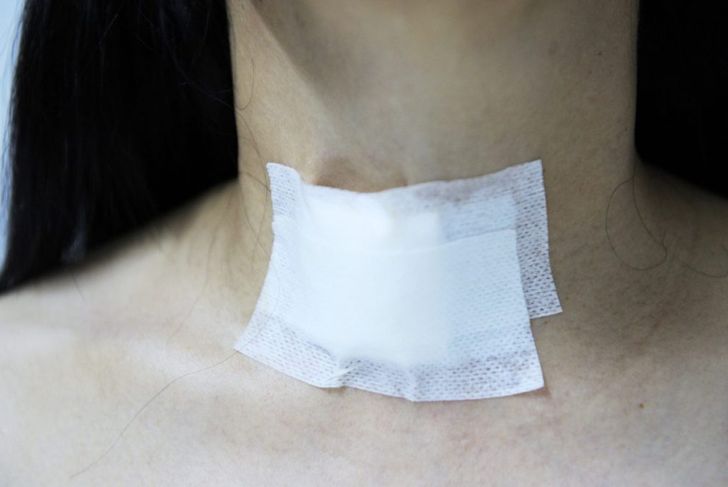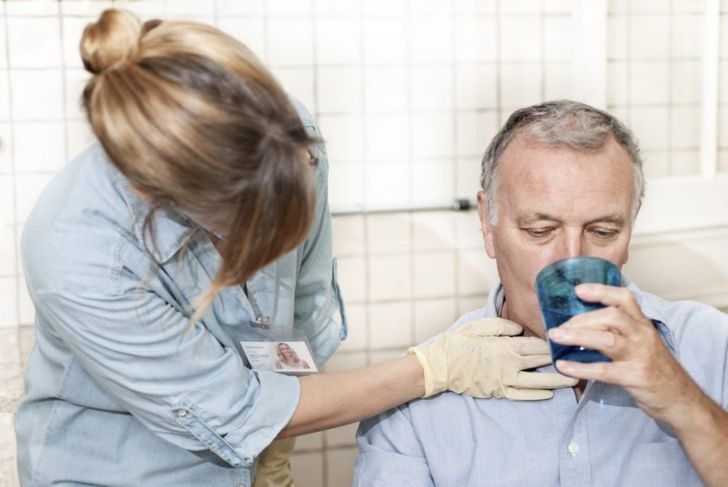A tracheostomy is a surgical hole made at the front of the neck into the trachea or windpipe. A surgeon will create this hole when the airway is blocked or damaged, preventing air from reaching the lungs. After making the hole, the surgeon places a tracheal tube that allows air into the lungs via this new avenue. Tracheostomies may be temporary during an emergency, or permanent when a condition prevents a patient from breathing through their nose or mouth.
History of the Tracheostomy
According to Wikipedia, there is evidence of tracheostomies as far back as 3600 B.C. Since then, with advancements in the knowledge of human anatomy, there have been several improvements to the procedure, with the current tracheostomy procedure introduced in the early 1900s. While they had been historically performed on patients with a variety of health concerns, including treatment for diphtheria, tracheostomies are now only performed in certain circumstances.
Reasons for Having a Tracheostomy
There are several reasons why a tracheostomy may be necessary, not the least of which are emergency situations. When the airway becomes obstructed, but placement of a breathing tube through the mouth is not an option, it is imperative that air continues to enter the lungs. Tracheostomies in these situations are necessary, as are those in patients with severe trauma to the head or face, or who have inhaled toxic chemicals that have burned the airway.
Medical Conditions that May Require a Tracheostomy
In addition to emergency situations, certain medical conditions may require a tracheostomy, including throat cancer, paralysis, neurological conditions that prevent adequate clearing of bronchial secretions, and other medical conditions that prevent respiration. A surgeon may also perform a tracheostomy in preparation for head or neck surgery, to assist with breathing during recovery.
The Tracheostomy Procedure
The procedure to make a tracheostomy is a tracheotomy, although many use the two terms interchangeably. There are two types of tracheotomy: open surgical and percutaneous dilatational (PDT). Both operations involve making a surgical hole in the trachea for placement of a tracheal tube, but the specific procedures are different.
Open Surgical Tracheotomy
During the procedure, the surgeon makes an incision in the lower neck and pulls back the skin to expose the trachea where she will create the hole and dilate it to insert a tracheostomy tube. After tube placement, the doctor stitches closed the skin around the tube and positions a device that will prevent the tube from moving during the healing process. This procedure involves a lot of manipulation of the tissue around the tracheostomy site and is the more invasive of the two procedures.
Percutaneous Dilatational Tracheotomy
This tracheotomy is less invasive and the surgeon can generally perform the operation at the patient’s bedside. He will make an incision in the lower neck and feed a tube down the throat through the mouth to identify where to place the tracheal tube. Once the tube is in place, a device is affixed to keep it from moving during the healing process. Because most of the manipulation needed for this procedure comes from a tube down the throat, less irritation occurs at the tracheostomy site, which leads to quicker recovery. However, this type of tracheotomy is not appropriate for children, people with obesity, or those with coagulopathies or bleeding disorders.
Short-term Risks and Complications of Tracheostomy
Short-term risks and complications that could arise from a tracheotomy procedure include bleeding, injury to the esophagus or nerves that control the vocal cords, and blood clots or mucus blocking the tracheal tube. Pressure from the airway walls can also block the tube. Other short-term risks involve air getting trapped in the lungs, underneath the skin around the tracheostomy, or in the chest.
Long-term Risks and Complications
Long-term risks and complications that may arise following a tracheotomy include excessive movement of the tube, which can cause it to fall out or lead to thinning of the trachea. Harmful bacteria and infections are always a concern, as they can leave problematic scar tissue at the tracheostomy site. In some cases, a small piece of skin develops, connecting the esophagus to the trachea and causing food and saliva to enter the lungs.
Caring for a Tracheostomy
Providing appropriate aftercare is vitally important with any surgery. Patient and doctor must ensure the site and tube are kept clean and infection-free for the entire time the tracheostomy is present. While it is healing and for at least a couple of weeks following a tracheotomy, nourishment will come from a feeding tube. After this, the individual must learn proper swallowing and talking techniques, usually with the help of a speech pathologist.
Tracheostomy Prognosis
Living with a tracheostomy requires certain adjustments, but it is a fairly common procedure with a high success rate for those who follow an appropriate aftercare routine. If the tracheostomy is temporary, it may heal on its own and never require surgical closure. If the tracheostomy is permanent, a doctor will help the patient keep the site clean and deal with exposure to water, wind, aerosols, and other materials that can affect proper functioning.

 Home
Home Health
Health Diet & Nutrition
Diet & Nutrition Living Well
Living Well More
More
